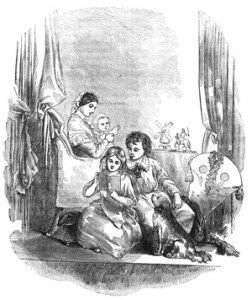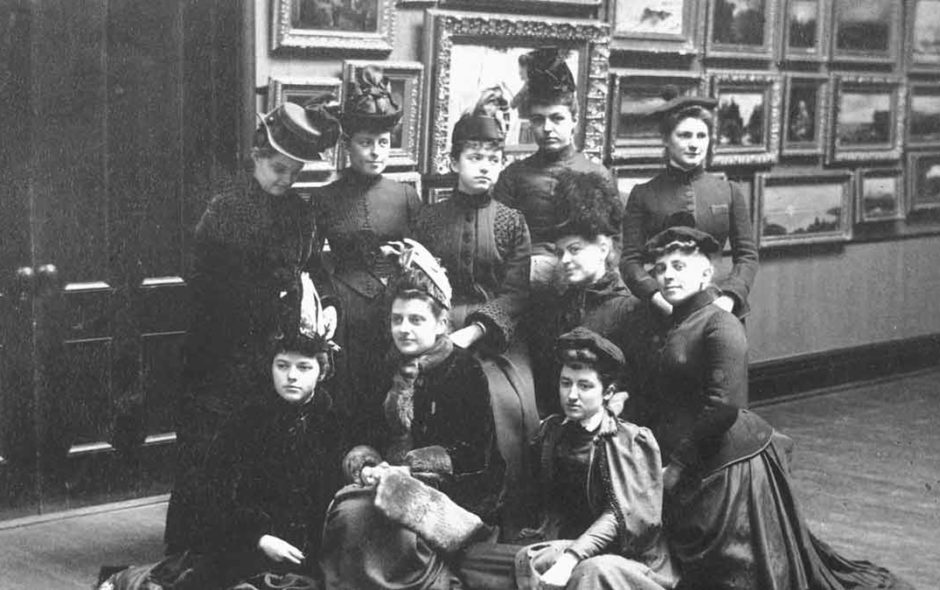Beyond the enigmatic Dr. Laszlo Kreizler, the character that appears to intrigue readers of the Alienist books the most is the brave, independent, and feisty police secretary turned private investigator, Miss Sara Howard. Although we have yet to learn Sara’s complete background story, I thought it might be interesting to devote a blog series to examining her character more thoroughly based on the information we have been provided with thus far. Was the derringer-toting Sara Howard’s unique brand of feminism appropriate for the time period in which the books are set? What educational and career opportunities would a real Sara Howard have had during the late 19th century?
As we currently lack adequate detail about Sara’s background to overview her particular education and career choices as intended in the books, the present discussion will focus instead on what I am terming a “hypothetical” Sara. Specifically, throughout this blog series I will be examining the kind of upbringing, education, and career choices a young woman born in a similar decade and socioeconomic group to Sara would have had available to her in the late 19th century. Today’s post in the series will focus on our hypothetical Sara’s historical context, particularly the notion of the “woman’s sphere”, an ideology that pervaded upper- and middle-class American culture throughout the 19th century.
The Woman’s Sphere in 19th Century America
The Alienist, Chapter 5:
Back in the early seventies, when I was in my teens, [Sara’s] family moved into a house near ours on Gramercy Park, and I’d subsequently watched her spend her single-digit years turning that decorous neighborhood into her private rumpus room.

Instead of households or small shops producing custom goods for small self-sustaining agricultural communities, mass production of goods through factories changed living and working conditions throughout the country. Money was now the primary means of obtaining basic commodities, and it became increasingly important for men in the household to take on the role of “bread winner” by working outside the home in the newly established commercial world to earn money for the family’s survival. With the rise of this new capitalism, a woman’s role in her household had evolved from equal contributor in the family business to that of a homemaker, and her most important responsibilities had been reduced to those requiring the “feminine” traits of patience, nurturing, and altruism: the raising of children and the care of her husband. The male sphere of the commercial world outside the home, on the other hand, was viewed as an aggressive, competitive domain that required men to act in less than virtuous ways in order to get ahead, and consequently the idealisation of women — or, more specifically, of wives and mothers — in writings of the day was prevalent. The image we have today of the docile, submissive, and loving Victorian wife who soothed her husband’s cares in the evening and instilled her children with good Christian moral values throughout the day originates from this period. | Continue reading →

